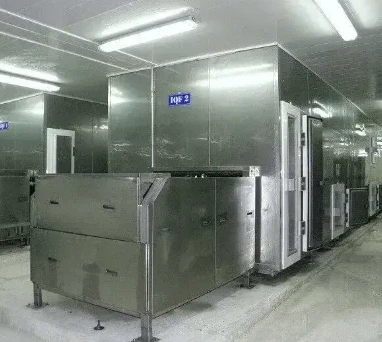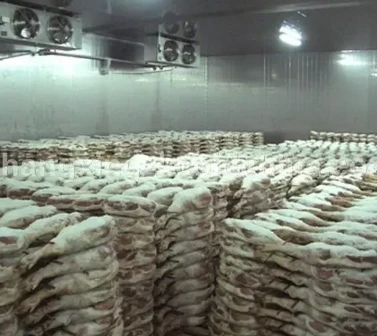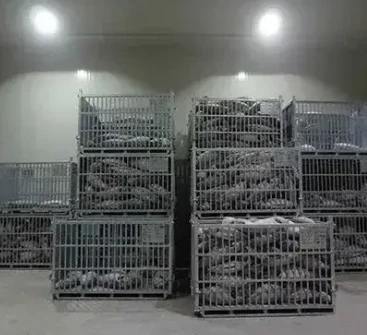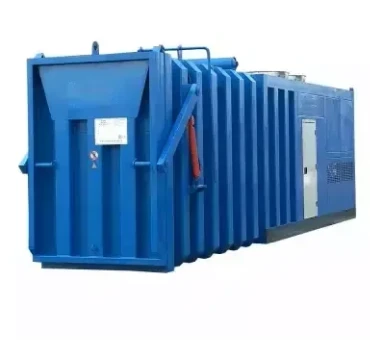Factory Pricing for Blast Freezers and How to Choose the Right Model for Your Needs
The Importance and Pricing of Blast Freezers in the Food Industry
In the realm of food preservation, blast freezers have become an essential asset for various industries, notably in restaurants, food processing plants, and supermarkets. These specialized freezing units are designed to rapidly lower the temperature of food items, effectively locking in flavors, textures, and nutritional content while extending shelf life. As the demand for high-quality frozen food continues to rise, understanding the functionality and pricing of blast freezers is of paramount importance for businesses looking to enhance their food preservation techniques.
What is a Blast Freezer?
A blast freezer is a powerful refrigeration unit that allows for the rapid freezing of food products by circulating cold air at high speeds. The process typically involves lowering the temperature of food from around 70°F (21°C) to -10°F (-23°C) within a stipulated timeframe, usually within a couple of hours. This quick freezing process prevents the formation of large ice crystals, which can damage the cellular structure of the food and lead to undesirable texture changes when thawed. As a result, products retain their quality, remain safer from bacterial growth, and possess a longer shelf life compared to traditional freezing methods.
Applications of Blast Freezers
The application of blast freezers extends across different sectors of the food industry. Restaurants utilize them to preserve the freshness of ingredients, ensuring that they serve high-quality dishes to their customers. Food manufacturers use blast freezers to freeze products quickly before packaging, which is especially beneficial for preventing spoilage and maintaining flavor and texture in items like meats, vegetables, and prepared meals. Supermarkets also incorporate blast freezers in their operations to offer a wide range of frozen products while minimizing waste and maintaining product quality.
Factors Influencing the Price of Blast Freezers
The price of blast freezers can vary significantly based on several factors
blast freezer price factory

1. Size and Capacity Generally, larger units with greater freezing capacity come with a higher price tag. Businesses must consider their volume needs to select an appropriately sized unit.
2. Technical Specifications Advanced features such as digital controls, self-diagnostics, energy efficiency ratings, and additional temperature monitoring systems can increase the cost. Units that comply with stricter safety and health regulations may also be priced higher.
3. Brand and Quality Renowned brands often bring a premium cost because they are associated with durability and reliable performance. Investing in a high-quality unit can save money on repairs and replacements in the long run.
4. Energy Efficiency More energy-efficient models may have higher upfront costs but can result in significant savings on energy bills, making them a cost-effective choice over time.
5. Market Trends Supply chain fluctuations, demand surges, or economic changes can affect pricing. The current trend towards sustainable and energy-efficient appliances may also drive up the price of new models as manufacturers adjust to consumer preferences.
Conclusion
In summary, blast freezers play a pivotal role in the food industry by ensuring optimal preservation of products while enhancing overall quality. As businesses explore options to invest in blast freezers, considerations such as size, features, and energy efficiency should guide their purchase decisions. While prices can vary widely, the investment in a high-quality blast freezer can yield significant benefits in maintaining food integrity and reducing waste. As the market for frozen food continues to grow, understanding the importance and pricing of blast freezers will be crucial for food service operators and retailers alike.
















































































































